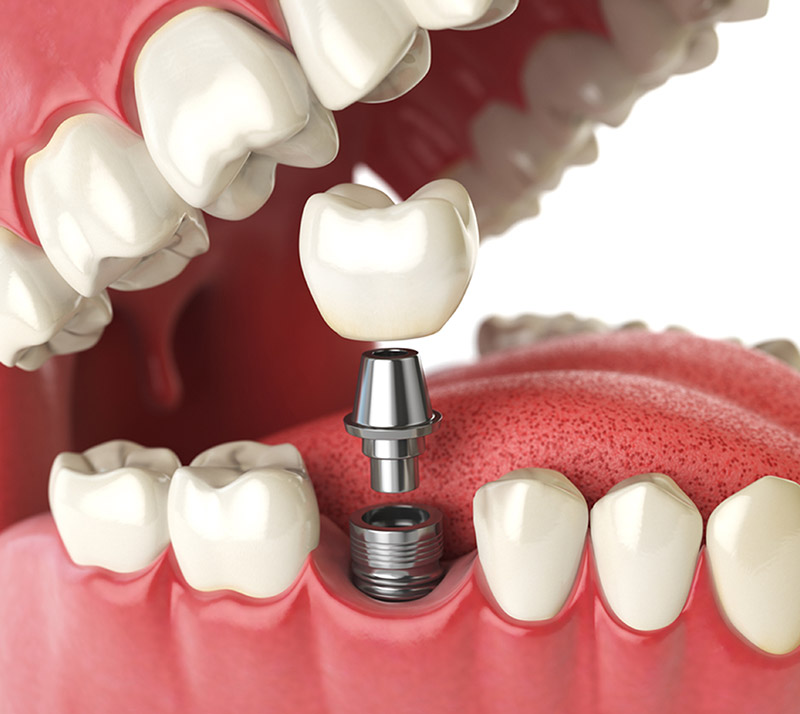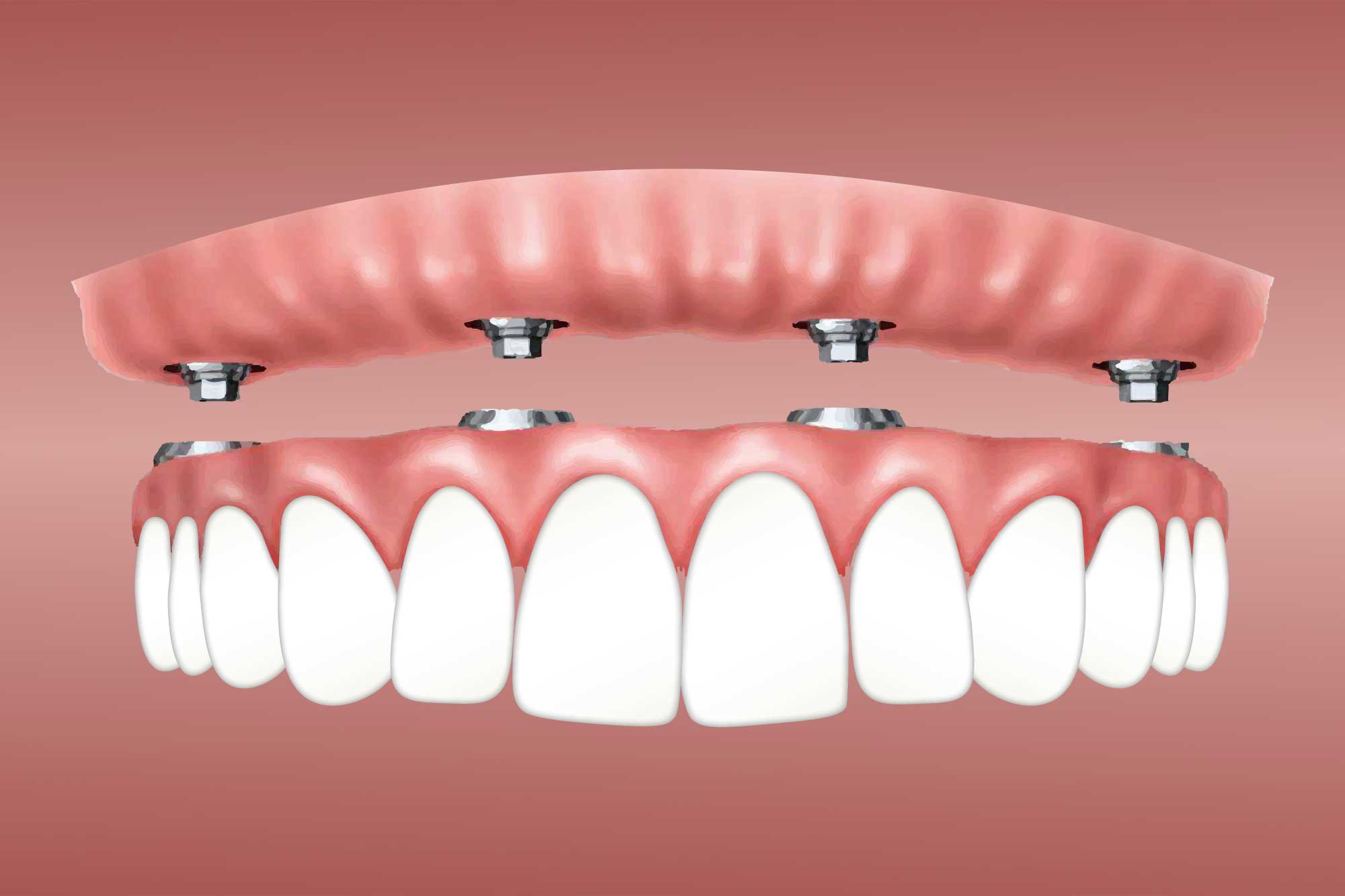Dental Implant And Bridges Muskegon MI - Dental Implants: Surgery, Advantages, Risks, & Insurance
Dental Implant And Bridges Muskegon MI - Dental Implants: Surgery, Advantages, Risks, & Insurance
Blog Article
Implant Dental Muskegon Heights MI - Implants Dentistry - Dental Implants
The journey toward dental implants begins with a thorough assessment of the jawbone's condition. When there could be inadequate bone density to help an implant, bone grafting becomes a vital read process to recreate a secure basis. Understanding how a lot bone grafting is required for dental implants significantly influences helpful hints the therapy plan, timeline, and total success rate.
The amount of bone grafting required is decided by multiple elements, together with the extent of bone loss, the implant's size, and the particular location throughout the mouth. In instances of significant bone loss due to periodontal illnesses, trauma, or prolonged tooth loss, more intensive grafting may be needed. Conversely, if the bone loss is minimal, a smaller graft might suffice.
Cheap Dental Implants Muskegon Heights MI - Dental Implants Surgical Technique Videos
The evaluation course of sometimes entails imaging studies similar to X-rays or 3D scans, permitting the dental skilled to visualize the bone structure (Dental Teeth Implants Holland MI). These images assist in figuring out the quality and amount of existing bone. If the bone is deemed insufficient, the dentist will then define the appropriate grafting procedures
Grafting could be sourced from numerous areas. Autografts, which contain harvesting bone from the affected person's personal body, are often deemed the gold normal. These provide wonderful integration with the existing bone however include the drawback of additional surgery. Other options include allografts, which use donor bone, and synthetic materials designed to mimic natural bone. Each choice has its personal implications on healing and success rates.
After determining the necessary amount of bone grafting, the dental professional will create a tailor-made plan for the affected person. This plan could embody the timing of bone grafting in relation to the implant placement. In some circumstances, a graft can be performed concurrently with the implant surgery. Alternatively, in additional complicated scenarios, a separate therapeutic interval is indicated.
Healing timelines range primarily based on the person's health, the extent of grafting, and the sort of graft used. Generally, the healing of a bone graft takes a number of months earlier than an implant can be placed. During this time, bone regeneration occurs, resulting in a secure base for the implant.
Dental Implant And Bridges Norton Shores MI - Dental Implants - Tooth Replacement
Patients often wonder in regards to the risks related to bone grafting. While issues corresponding to infection or graft failure are attainable, these occasions are relatively uncommon. Adhering to post-operative care directions and attending follow-up appointments reduce risks and promote healing.
Once the bone has adequately healed, the dentist assesses the graft's success by evaluating the bone density and stability. If every little thing seems favorable, the following steps toward placing the dental implant can begin. The success of this subsequent step largely hinges on the quality of the bone graft and its integration with the encompassing bone.
Cost issues play an necessary role in the decision-making process. The expense of bone grafting varies based on materials used, the complexity of the case, and geographic location. It is crucial for sufferers to discuss funds upfront to keep away from surprising payments later within the treatment.
Dental Implants Cost Holland MI - Dental Implants - Benefits, Types, Cost
Also, patients should have sensible expectations relating to the timeline and outcomes. Many components can influence how much bone grafting is required and its total effectiveness. A collaborative approach involving the patient and the dental staff not only ensures clarity but in addition enhances the possibilities of a profitable end result.

Maintaining good oral hygiene and regular dental visits following the procedure is important. These practices can prevent complications and make sure that each the graft and the implant remain stable over time. The ongoing relationship with a dental skilled is essential, particularly in the months following the procedures.
In conclusion, understanding how much bone grafting is required for dental implants encompasses a multi-faceted strategy that considers bone quality, grafting varieties, healing time, and overall patient health. The stability between achieving the specified aesthetic and practical outcomes whereas minimizing risks and complications is at the heart of dental implant procedures. The journey could additionally be intensive, but a well-planned method maximizes the possibilities for a successful, long-lasting end in restorative dental work.
- Determining the amount of bone grafting required for dental implants usually hinges on the preliminary bone density and volume of the patient's jawbone.
- Each affected person's case is unique; factors such as previous extractions, periodontal disease, or trauma can influence the need for grafting.
- A 3D imaging scan is typically conducted to assess the precise dimensions of the available bone and inform the grafting technique.
- The sort of dental implant placement—immediate or delayed—may dictate the amount of bone grafting necessary for stability and integration.
- Different forms of graft supplies, similar to autografts, allografts, or artificial choices, can impression how much grafting materials is needed.
- Assessing the affected person's total health, age, and lifestyle habits can affect the healing course of, influencing graft volume necessities.
- The depth and placement of the implant can necessitate various amounts of graft materials to safe optimum outcomes.
- Successful integration of the dental implant typically relies on adequate bone density, resulting in a tailored grafting approach for every individual.
- Consultation with an oral surgeon will provide a clearer estimate of the bone grafting needed based mostly on complete evaluations and imaging results.
- Post-grafting therapeutic time varies; thus, a careful evaluation is essential to determine the final quantity of grafting required for successful implantation.undefinedHow a lot bone grafting is required for dental implants?
Dental Implants Cost Walker MI - Dental Implants services
What is bone grafting and why is it essential for dental implants?undefinedBone grafting is a surgical process that adds bone or bone-like materials to the jawbone. It is important for dental implants when the present bone is inadequate to assist the implant, guaranteeing stability and long-term success.
How do I know if I want a bone graft for dental implants?undefinedYour dentist or oral surgeon will consider your jawbone through x-rays or 3D imaging to determine its density and volume. If they discover that you lack adequate bone, they may advocate a bone graft before proceeding with the dental implant.
Affordable Dental Implants Near Me Jenison MI - What are dental Implants?
What elements affect the quantity of bone grafting needed?undefinedFactors embody the size and location of the implant site, the health and density of current bone, and individual healing capability (Implants Dental Procedure Holland MI). These elements help the dentist determine the appropriate amount of graft materials needed
Are there various varieties of bone grafts used for dental implants?undefinedYes, there are several sorts, including autografts (from your own body), allografts (from a donor), xenografts (from animals), and synthetic graft materials. Each sort has unique advantages and may be selected primarily based on particular person patient wants.
Implants Dental Procedure Norton Shores MI - Affordable Dental Implants
How long does the bone grafting procedure take?undefinedThe duration varies based on the complexity of the grafting process and the extent of the realm treated. Generally, a bone grafting process can take anyplace from 30 minutes to some hours, relying on the particular circumstances.
What is the recovery time after a bone graft for implants?undefinedRecovery instances can differ, but typically, initial healing may take a few weeks, while full integration of the graft with the bone can take several months. Your dentist will provide a personalised timeline based in your scenario.

Will I experience pain after the bone grafting procedure?undefinedSome discomfort is frequent after a bone graft, but it's typically manageable with prescribed pain medicine. Most sufferers report that pain diminishes significantly inside a few days.
Full Mouth Dental Implants Wyoming MI - Guide to Dental Implants: A Popular Option for Tooth Replacement
How does bone grafting affect the overall dental implant timeline?undefinedBone grafting may extend the general timeline for receiving dental implants, as it requires a healing interval earlier than implants can be positioned. This can add a number of months to the process however is important for a profitable implant placement.

Are there risks related to bone grafting for dental implants?undefinedLike any surgical procedure, bone grafting carries some risks, such as infection, graft failure, or issues associated to anesthesia. However, when performed by an skilled skilled, these risks are typically low.
Can I have dental implants positioned immediately after a bone graft?undefinedIn many cases, dental implants cannot be positioned immediately after a bone graft because of the want for the graft to integrate into the present bone. However, some methods, like instant loading, may enable for this under specific conditions. Your supplier will advise you on the best suited choice based mostly in your circumstances.
Report this page